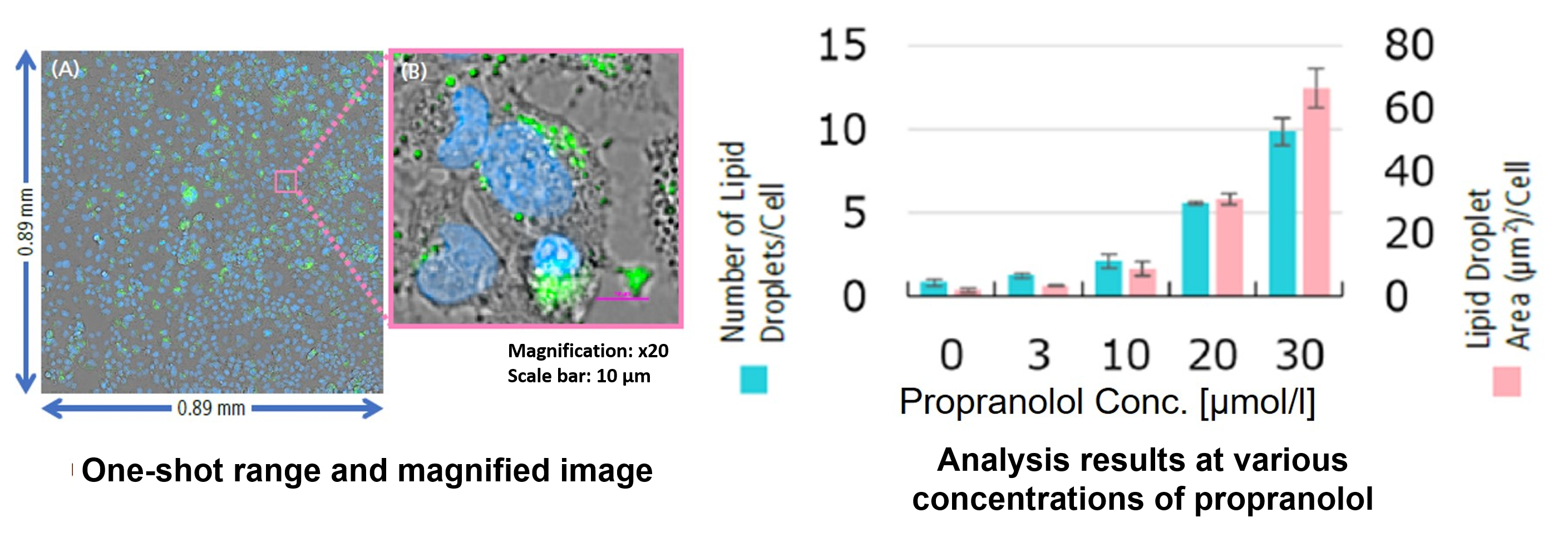In recent neurodegenerative disease research has shown that lipid metabolism, such as lipid droplets and lipid peroxides, influences neuronal damage. Here are some of the papers that have identified a relationship between lipid metabolism and the neurotoxic environment.
Neuronal toxicity in neurodegenerative diseases is often associated with the accumulation of lipid droplets and lipid peroxides, which are by-products of lipid metabolism. Lipid droplets in neurons and glia serve as storage for lipids, but excessive accumulation can impair cellular function. Lipid peroxides resulting from oxidative stress are particularly damaging, generating reactive oxygen species that lead to cellular dysfunction and cell death. In tauopathies*, lipid peroxides are transferred to glial cells, exacerbating the inflammation and oxidative stress that contribute to the neurotoxic environment.
*Tauopathy is a neurodegenerative disease characterized by abnormal accumulation of tau protein.
|
-
APOE4/4 is linked to damaging lipid droplets in Alzheimer’s disease microglia
Click here for the original article: Michael S. Haney, et. al., Nature, 2024.
Point of Interest
- ACSL1-positive microglia, characterized by the lipid droplet-associated enzyme ACSL1, are abundant in Alzheimer’s patients with the APOE4/4 genotype.
- Fibrillar Aβ induces ACSL1 expression, triglyceride synthesis and lipid droplet accumulation in APOE-dependent microglia.
- Conditioned media from lipid droplet-containing microglia lead to tau phosphorylation and neurotoxicity, linking genetic risk factors for AD to potential therapeutic targets.
-
Tau is required for glial lipid droplet formation and resistance to neuronal oxidative stress
Click here for the original article: Lindsey D. Goodman, et. al., Nature Neuroscience, 2024.
Point of Interest
- ROS accumulation in tauopathies leads to toxic peroxidized lipids that affect neurons and glia in brain disorders.
- Glial endogenous tau is essential for lipid droplet formation and protection against toxic neuronal lipids in flies, rats and human cells.
- Flies lacking glial endogenous tau show motor defects and reduced lifespan, which can be alleviated by antioxidants such as N-acetylcysteine amide.
-
Microglial lipid droplet accumulation in tauopathy brain is regulated by neuronal AMPK
Click here for the original article: Yajuan Li, et. al., Cell Metabolism, 2024.
Point of Interest
- Tauopathy fly and human iPSC neurons show increased lipogenesis and impaired lipid turnover within lipid droplets.
- Unsaturated lipid transfer from tauopathy neurons to microglia leads to lipid droplet accumulation, oxidative stress, inflammation and impaired phagocytosis.
- AMPK inhibits neuronal lipogenesis and supports lipophagy, reducing lipid transfer to microglia, whereas AMPK depletion exacerbates lipid accumulation and neuropathology.
|
| Related Techniques |
|
|
|
|
|
|
|
|
|
|
|
|
|
|
|
|
|
|
|
|
|
|
| Related Applications |
|
Hepatotoxicity test of drug-induced lipidosis using high-content imaging
Propranolol (a sympathetic β-receptor blocker) was added to a human hepatocellular carcinoma cell line (HepG2 cells), and changes in lipid droplets were observed under a fluorescence microscope. The accumulation of lipid droplets was analyzed by measuring the number, area, and fluorescence intensity of lipid droplets from the acquired microscopic images.
-
<Lipid droplet imaging data>

Nucleus (blue: Hoechst 33342 ): Ex 385 nm, Em 460 nm
Lipid droplet (green: Lipi-Green): Ex 475 nm, Em 535nm
-
HepG2 cells were treated with propranolol 0, 10, or 30 μmol/l, lipid droplets were stained with Lipi-Green and nuclei with Hoechst 33342 and observed using a fluorescence microscope (Ti2-E inverted microscope). The results showed that lipid droplets increased in a propranolol concentration-dependent manner.
Related Products
- Lipi-Blue/ Green/ Red/ Deep Red
- Lipid Droplet Assay Kit - Blue / Deep Red
|
<Analysis of lipid droplet accumulation relative to drug treatment concentration>
-

High Content Analysis (HCA) microscope system
(Nikon Corporation https://www.microscope.healthcare.nikon.com/)
For details of staining and analysis methods, please refer to "APPLICATION NOTE: Hepatotoxicity test of drug-induced lipidosis using high-content imaging" by Nikon Corporation.
-
From the fluorescence images obtained, the accumulation of lipid droplets per cell was analyzed by measuring cell number from nuclei and area, number, and fluorescence intensity from lipid droplets. The results showed that the number and area of lipid droplets increased in a propranolol concentration-dependent manner, with lipid droplets forming significantly under concentration conditions of 20 μmol/l or higher. The DS-Qi2 camera, which can capture a wide range of cellular areas in a single shot, was used for imaging, and the EDF module of NIS-Elements software, which can acquire focused images of all lipid droplets, was used for analysis, enabling quantitative analysis with highly reliable statistical data. The EDF module of the NIS-Elements software allows for the acquisition of focused images of all lipid droplets.
|
| |

















